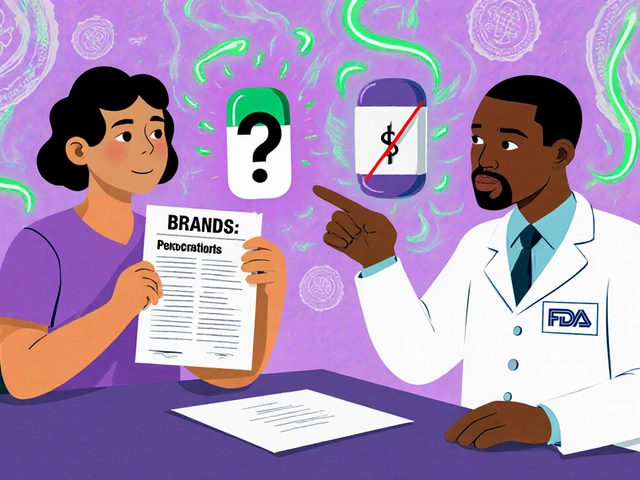
Vitamin A: What It Is and Why You Need It
Vitamin A is a fat‑soluble nutrient that your body can’t make on its own, so you have to get it from food or pills. It’s best known for keeping your eyes sharp, but it also helps your immune system, skin, and the way your body makes and uses other nutrients. Because it works in many parts of the body, a shortfall can cause real problems, while too much can be risky. Below you’ll find the most useful facts to decide how much to take and where to find it.
Top Benefits of Vitamin A
First up, vision. Retinol, a form of vitamin A, combines with a protein in your eyes to form rhodopsin – the molecule that lets you see in low light. Without enough vitamin A, night‑time vision gets blurry and you might develop dry eyes.
Second, immunity. Vitamin A supports the skin and the lining of your gut, which act as barriers against germs. It also helps white blood cells work better, so you can fight off infections more efficiently.
Third, skin and cell growth. Retinoids, which are related to vitamin A, are the reason many skin creams can smooth wrinkles or treat acne. Inside the body, they guide the growth and differentiation of cells, which is why a deficit can lead to rough skin and delayed wound healing.
Fourth, reproduction and fetal development. Pregnant women need extra vitamin A for the baby’s eyes, lungs, and overall growth. A shortfall can increase the risk of birth defects, while a proper amount supports a healthy pregnancy.
Getting the Right Amount Safely
In the UK, the Recommended Nutrient Intake (RNI) for adults is 700 µg retinol equivalents (RE) for women and 800 µg RE for men. That’s roughly the amount you’d get from a medium carrot, a handful of leafy greens, or a slice of liver. Most people hit these numbers by eating a balanced diet.
If you rely on supplements, choose ones that list the vitamin A content in micrograms (µg) of retinol or beta‑carotene. Beta‑carotene is a safer source because your body only converts what it needs, reducing the risk of toxicity.
Too much preformed vitamin A (retinol) can cause headaches, joint pain, and even liver damage. The Upper Level (UL) for adults is 3000 µg RE per day. Stick below that, especially if you’re taking a multivitamin that already contains vitamin A.
Take vitamin A with a little fat – a splash of olive oil, a handful of nuts, or a piece of cheese – so your gut can absorb it properly. Skipping the fat can leave the vitamin sitting in your intestines and not doing its job.
People with certain conditions, like liver disease or a history of high vitamin A intake, should talk to a pharmacist or doctor before adding a supplement. Pregnant women need careful monitoring: while they need extra vitamin A, they must avoid high‑dose retinol supplements and stick to food sources or beta‑carotene.
Bottom line: aim for a colorful plate with carrots, sweet potatoes, spinach, and a bit of animal‑based food if you eat meat. That combo gives you the eye‑sharping, immune‑boosting, skin‑loving benefits of vitamin A without the danger of overdosing.
-
21 Sep






